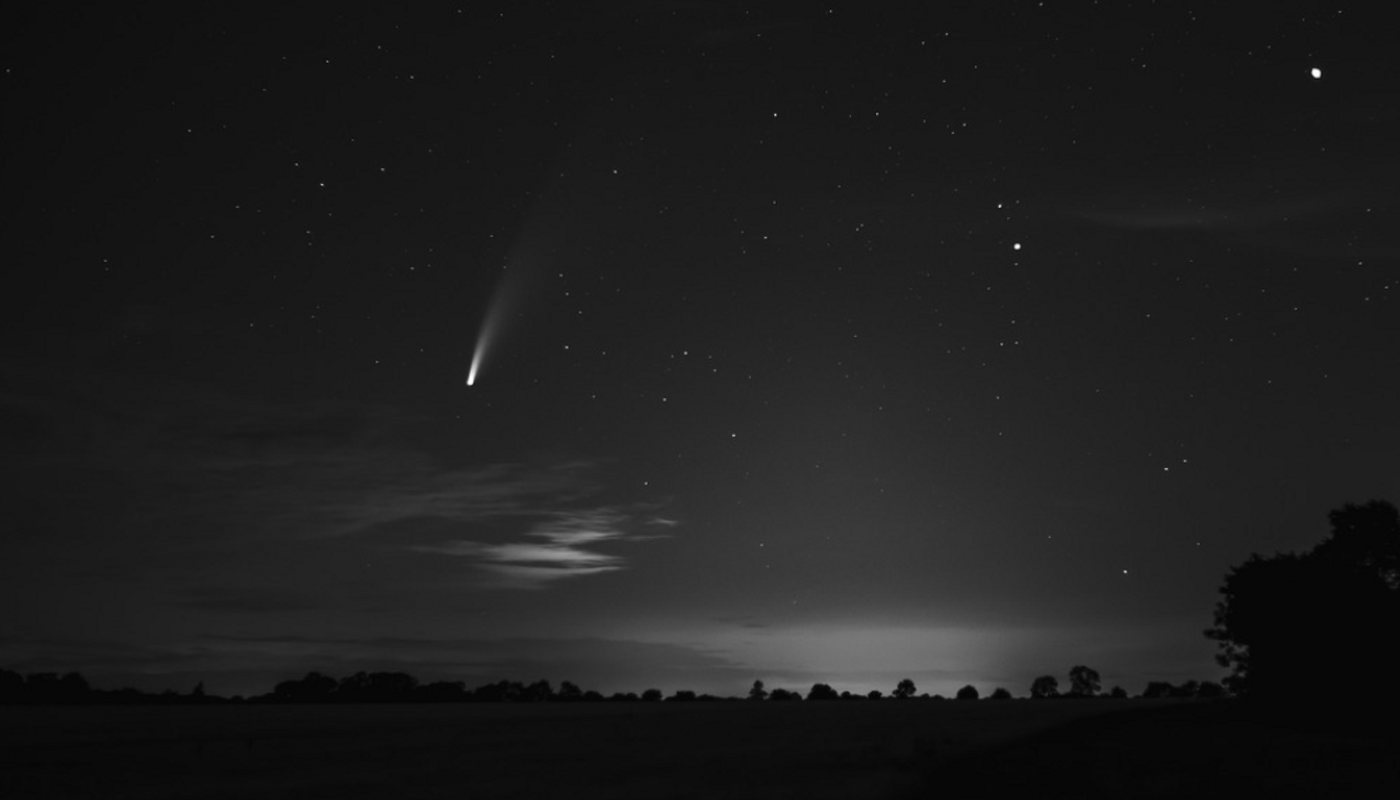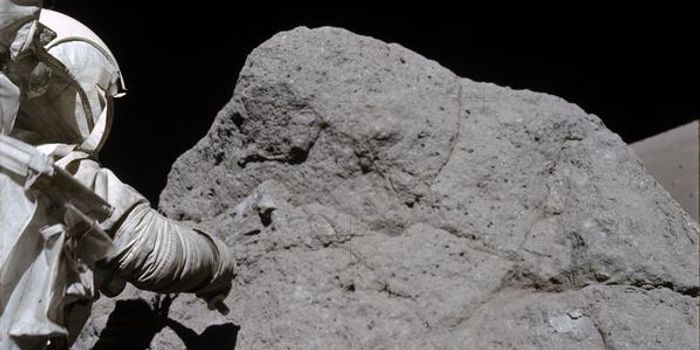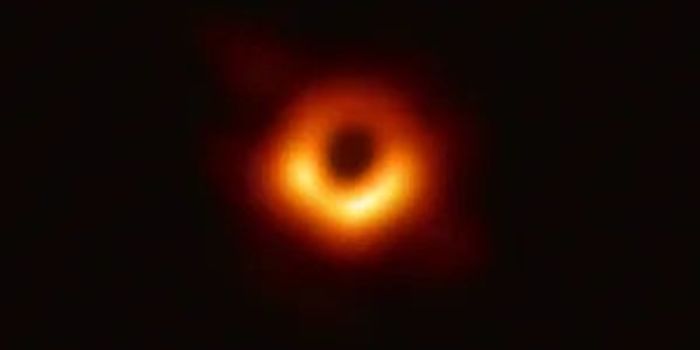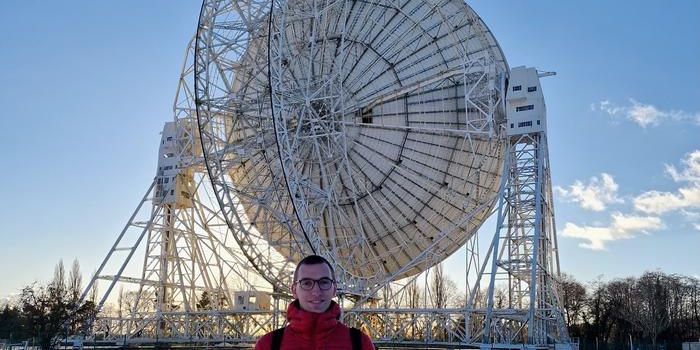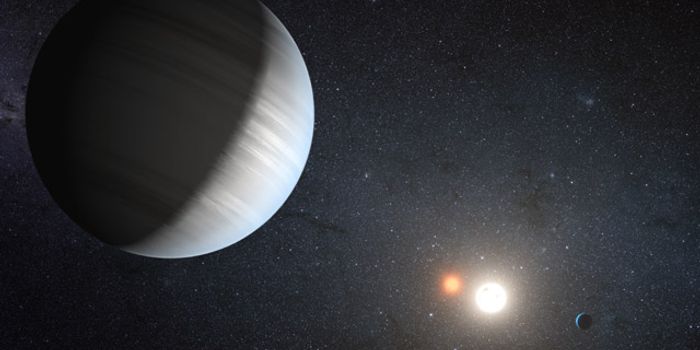'Mega-Comet' on Track to Visit Solar System in 2031
There's no cause for concern, but astronomers at the University of Pennsylvania have found a massive object that's on a trajectory that will take it past Saturn in the year 2031. The comet, first designated 2014 UN271 and now called Comet Bernardinelli-Bernstein for the astronomers that identified it, Pedro Bernardinelli and Gary Bernstein, may be big enough to qualify as a 'mega-comet,' with an estimated size between 60 and 230 miles wide (97 to 370 kilometers). By comparison, Haley's comet is only 3.5 miles (5.6 km) wide, and the Florida peninsula stretches about 160 miles (257 kilometers) across.
It's way too soon to know whether this comet will be something to see, in part because it might be bigger than any other such object in recorded history. In 1729, Comet Sarabat came much closer to Earth as it moved through the orbital path of Jupiter, and was estimated to be about 60 miles across (100 kilometers). At that time, it could be seen with the naked eye as a nebulous star. Astronomers expect that powerful telescopes will be necessary to get a glimpse of Comet Bernardinelli-Bernstein as it passes by Saturn.
We're lucky that Comet Bernardinelli-Bernstein has no chance of slamming into the Earth. It's thought that the comet that caused the dinosaurs to go extinct was large enough to create a 125-mile-wide (201-kilometer-wide) crater in the Yucatan Peninsula.
If a comet the size of Comet Bernardinelli-Bernstein were to hit land somewhere on Earth, it would probably be more destructive than the dinosaur-killing comet; the climate would be altered in various ways and significantly for many years. If a comet that large hit the ocean, it could power a tremendous tsunami. This is pure speculation, however, and we won't have to find out, because the comet will remain far, far away from us as it circles through the solar system and starts it journey back to where it came from - the Oort cloud.
The Oort cloud is the most distant region of the solar system. This cloud is not like the tidy orbits of the planets that surround the Sun; it's made up of icy debris that forms a bubble-like shell around the rest of the solar system, and it sits far beyond the outer reaches of the Kuiper Belt. (The Kuiper Belt is a donut-shaped region of icy objects beyond Neptune). There could be billions or even trillions of objects in the Oort cloud, which is thought to be the source of most long-period comets like Comet Bernardinelli-Bernstein.
Researchers think we'll need a telescope to see the comet in 2031, when it reaches Saturn's orbital path. But, it may surprise us with a show. Since we don't know much about this comet, and the brightness of these celestial objects is often unpredictable, scientists can't say for sure whether it will be a dazzle or a dud.
Investigators are still assessing the characteristics of Comet Bernardinelli-Bernstein. Its orbit seems to be be hundreds of thousands of years long, and it could be as big as a dwarf planet; we'll find out more when the team publishes a report on the comet soon.
Source: EarthSky
